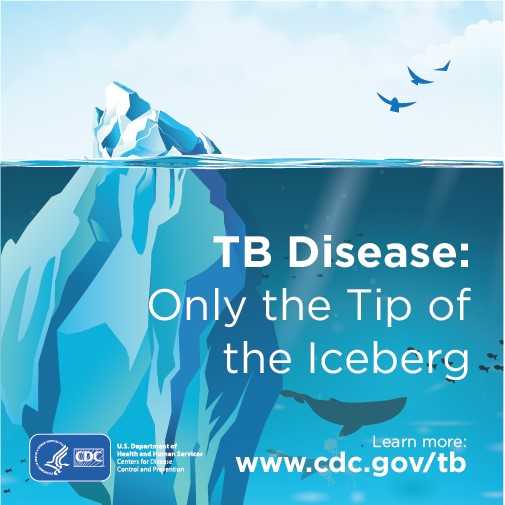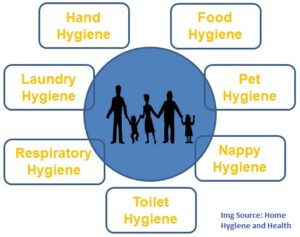Tuberculosis (TB) is an infectious disease caused by bacteria, Mycobacterium tuberculosis. When the affected part is the lung then it is named pulmonary tuberculosis. India, sharing a larger portion of the world’s TB burden is currently at a critical phase due to increasing drug-resistant tuberculosis (DR-TB). Ending the TB epidemic by 2030 is one of the targets of Sustainable Development Goals. But India had set its target for elimination of TB as 2025 which is 5 years ahead of the global target. Although the annual rate of new TB infections in India is decreasing, it is unlikely to align with the End TB targets, especially in the backdrop of rising drug-resistant verities.
The revised National Tuberculosis Control Program (RNTCP) since the beginning of 2020 is rechristened as National Tuberculosis Elimination Programme (NTEP). The program has taken steps to control DR-TB by launching Programmatic Management of Drug-resistant Tuberculosis (PMDT) in 2007 and made it pan-national by 2013. Monitoring the prevalence and drug resistance patterns are essential to measuring the progress of TB control programs. With this, the researchers aimed to systematically review all the pertinent Indian literature on the prevalence of DR-TB with sub-categories (any drug resistance, multi-drug resistance, extensive drug resistance, mono-resistance, and poly-resistance) among new and previously treated TB patients and sub-populations such as presumptive multi-drug resistance, pediatric population and HIV-TB co-infected patients.
Drug resistance patterns and prevalence are heterogeneous across time regions and settings. To ensure programmatic success the study recommends the implementation of universal drug susceptibility testing in all the districts of the country along with continuous surveillance of DR-TB.
To learn more, please visit the website of the Journal of Global Antimicrobial Resistance (LINK)







